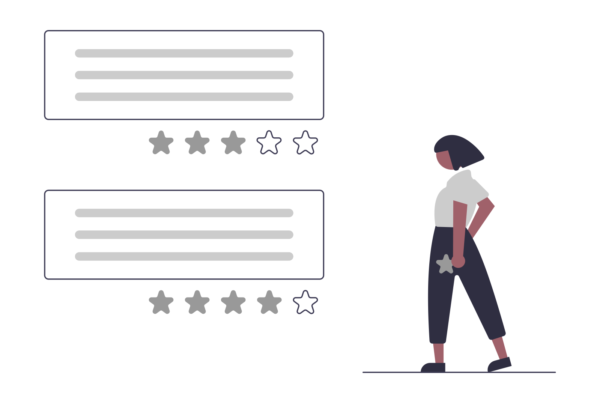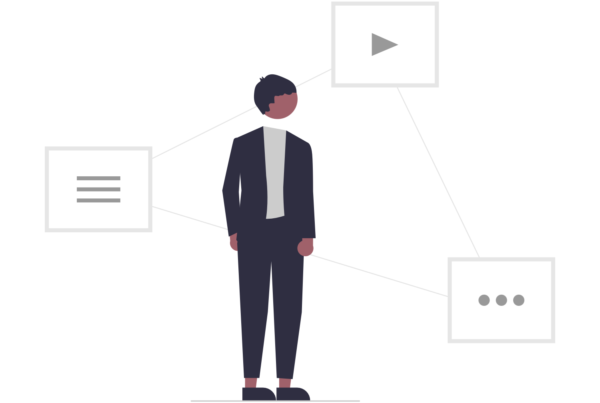Earlier this month we talked about using crutch words, and how they should be hunted down and removed from the vernacular of corporate trainers. On the flip side, let’s discuss a tool that can be added to the vernacular of a corporate trainer to drive a positive impact in both the virtual and the live classroom training. That tool is the use of unique language ✨.
Unique language is the use of uncommon words or phrases in common settings. Using distinctive words or phrases can be a powerful tool to enhance your training sessions by making them more captivating, driving engagement 🎯, and helping to foster a deeper connection to the overall training experience.💡 So let’s dive into a breakdown of the benefits of choosing unique language and a few tips and tricks on how to build a muscle 💪 for it.
“Unleash the Secret Weapon of Engagement: The Language You Choose” 🚀
Breaking Down the Benefits:
1. Engagement through intrigue 🤔🎉
While kicking off a training session in a recent co-facilitation with another trainer, I was asked, “How are you doing today?” by the other trainer. I looked at her and replied, “Fiercely awesome; how are you doing today?” 😎 This not only got a little chuckle 😂 from the trainer I was co-facilitating with, but it also got a chuckle from the rest of the class. What’s more, it started to build a little anticipation ⏳ for the classroom experience we were about to have. After all, if the trainer is feeling fiercely awesome, the training can’t be that dry.
Using language that is either over the top or so explicit that it paints a picture 🖼️ in your classes’ minds can create a deep connection with the content. That connection then has a high chance of fostering engagement through intrigue. Don’t we all want to be more engaging and intriguing presenters? 🎤✨
It’s important to recognize that my use of the phrase “fiercely awesome” was not a spur-of-the-moment thing. I use the phrase relatively often, but I try not to say it to the same person or group more than once, so it doesn’t lose it’s punch.
2. Building a connection 🤝❤️
In high school, there was a physiology teacher named Mr. Runkle, also known as Runk. Runk was younger than most of the teachers at school, coming in at about thirty-five when I was a senior. He had a great sense of humor, made science classes interesting, and was well-liked by all the students and staff. As a way to connect, he would often use 90’s adolescent phrases like “phat”, “raise the roof” 🏠, and “da bomb” 💣 that lend him an endearing and folksy charm. Similar to when Ted Lasso says “golly” or “darn tootin” in the hit series, Ted Lasso.
Using unique language can be as simple as pulling some phrases outside your age group, like both Ted Lasso and Mr. Runkle. One was pulled from a later age group and the other from an earlier age group, but the effect was the same. It builds connection in a fun and endearing way. 🥰
When putting this into practice, make sure you are using appropriate language for your audience. Also, keep in mind that you don’t always have to approach building a connection in a tongue-in-cheek sort of way.
3. Memory enhancement 🧠✨
A few months ago, a former trainee approached me and shared some positive feedback. They shared that the way I told the story of a local Japanese restaurant when driving home the importance of “sharing your story in a branding” stuck with them. Not only has it stuck with him for eight years, but he also became a regular at the restaurant! Using detailed language to tell a compelling story will always enhance memory and make your content stick.
Humans have used story as a teaching tool for thousands of years. Unique takes on stories and unique language, as well as sharing stories, can have a lasting impact and should be a tool that every trainer has in the toolbox. 🧰📚
Malcolm Gladwell is a masterclass when it comes to telling a compelling story through a unique lens. If you need an example, look no further than his talk about David and Goliath. 🏹
There are many reasons to use unique language in your training sessions and hopefully the thoughts above inspire you to have a little fun with it. Here are a few final do’s and don’ts when implementing some of these best practices.
Do – Steal, steal, steal. Then steal some more. I steam unique words, phrases, and stories from anyone and everyone. I stole “fiercely awesome” from an onboarding trainer that I had almost 20 years ago. I stole “good guess” from Mr. Runkle when people get an answer wrong. I have stolen a multitude old timey phrases from my grandparents, and I have stolen stories from every trainer I’ve worked with. Remember to steal material. 🏴☠️✨
Don’t – Overdo it. If you go too over the top, you can come across a circus performer, or worse, cause more confusion than clarity. So, if it’s a new tool for you, dip your toes in before diving into the deep end. 🏊♀️
Do – Consider your learners’ background, industry, and familiarity with the subject. Tailor your unique language to resonate with them. 🌎💬
Don’t – Overuse any single phrase. They can lose their punch when overused, or worse, become a crutch word.
Do – Measure the response. Keep an eye on your survey results. What sort of feedback are you getting? Are there any alarming trends, good or bad?
• You can also measure with Grammarly. I receive a weekly report that I use more unique words than 97% of Grammarly users. Check how many you use! 📊💡

Conclusion: Language as Your Engagement Ally 🤝📚
In the world of corporate training, engagement is the catalyst for effective learning. By increasing your use of unique language and vocabulary, you can spice 🌶️ up your training sessions from dull to compelling. Your sessions will not only retain more information but also have more joyful, enjoyable, and meaningful moments.
Remember, the language you choose can be a power tool that builds the bridge connecting you with your learners. Embrace the art of unique language; let insights from feedback and surveys help you measure your progress 📏. Above all, use language to build connections that light up your sessions and engage your audience. 🌟
I genuinely hope that you find this information helpful and inspiring. If you have any questions or comments, drop them below or drop me a line.
Now get out there and turn on some lightbulbs 💡.




